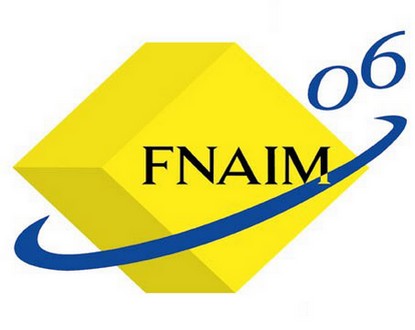Pierre Laurent, president of FNAIM 06, does not mince words in criticizing the largely unsatisfactory situation of the Azure real estate market: “The volume of activity has significantly decreased, and prices no longer have the same upward momentum that favored investment. Rarely has real estate been so mistreated during this five-year term, and the opposing camp’s projects look even worse (rent control).”
The FNAIM’s conjunctural analysis for the first quarter highlights that prices of existing properties are holding (even if their growth is slowing) while, with the exception of the Ile-de-France, a decline has been recorded across the whole of France.
Furthermore, the market activity downturn has begun, as evidenced by the scale of new housing credit production (source: Banque de France) of more than 40% at the start of the year.
Of course, there is no shortage of reasons: lack of fiscal support for first-time buyers; pressure on interest rates; tightening of lending conditions; and, finally, weak increases in purchasing power.
Looking ahead, the probable tightening of mandatory levies and inflation driven by rising raw material prices.
These are all motivations that lead to caution among a population and investors who, on the contrary, would need confidence and… optimism. Real estate professionals aren’t confident either in the candidates’ proposals, which they consider “widely insufficient.”
But while lamentations are not lacking, here is the set of proposals that the FNAIM will present to the political forces resulting from the elections (presidential and legislative) with incisive lobbying action.
Considering the construction program of 500,000 social housing units per year throughout the term (investment figure 60 billion euros!) unattainable, the proposal to be presented will be a “triple power lease” (economic, social, and civic), which is a commitment to develop a supportive rental offering.
What does it involve?
In the face of the shortage of land reserves in high-demand areas, it is within existing housing that potential resources can be exploited immediately to boost the housing supply, given the cost and duration of new housing production.
And then, why not prioritize addressing the phenomenon of existing housing before building new ones?
Practically, the private landlord commits to renting, as a primary residence, for a period of at least 9 years, at a rental value equal to 50% of the market price in the free sector (rental cap of the social rental sector PLUS or PLS, while the application of the social sector caps PLUS will make 60% of the population eligible).
Of course, this arrangement cannot happen without compensation for the landlord. It’s about reducing the tax burden on them to encourage them to practice HLM rent levels.
And more specifically:
– Deduction of 100% of “social” rental income for 9 years
– Total exemption on capital gains in case of resale after 15 years
– Exclusion of the rented property’s value from the wealth tax base (ISF)
– Exemption from property tax
The FNAIM has calculated a fiscal revenue shortfall of 2200 million euros over nine years.
Pierre Laurent is convinced of the validity of this proposal: “It is both common-sense and economically viable. It remains to be hoped that our leaders will seize upon it to give housing a strong and coordinated political line.”


